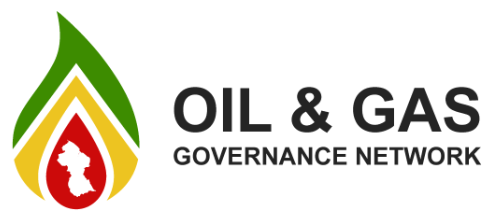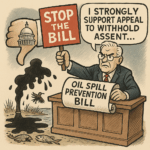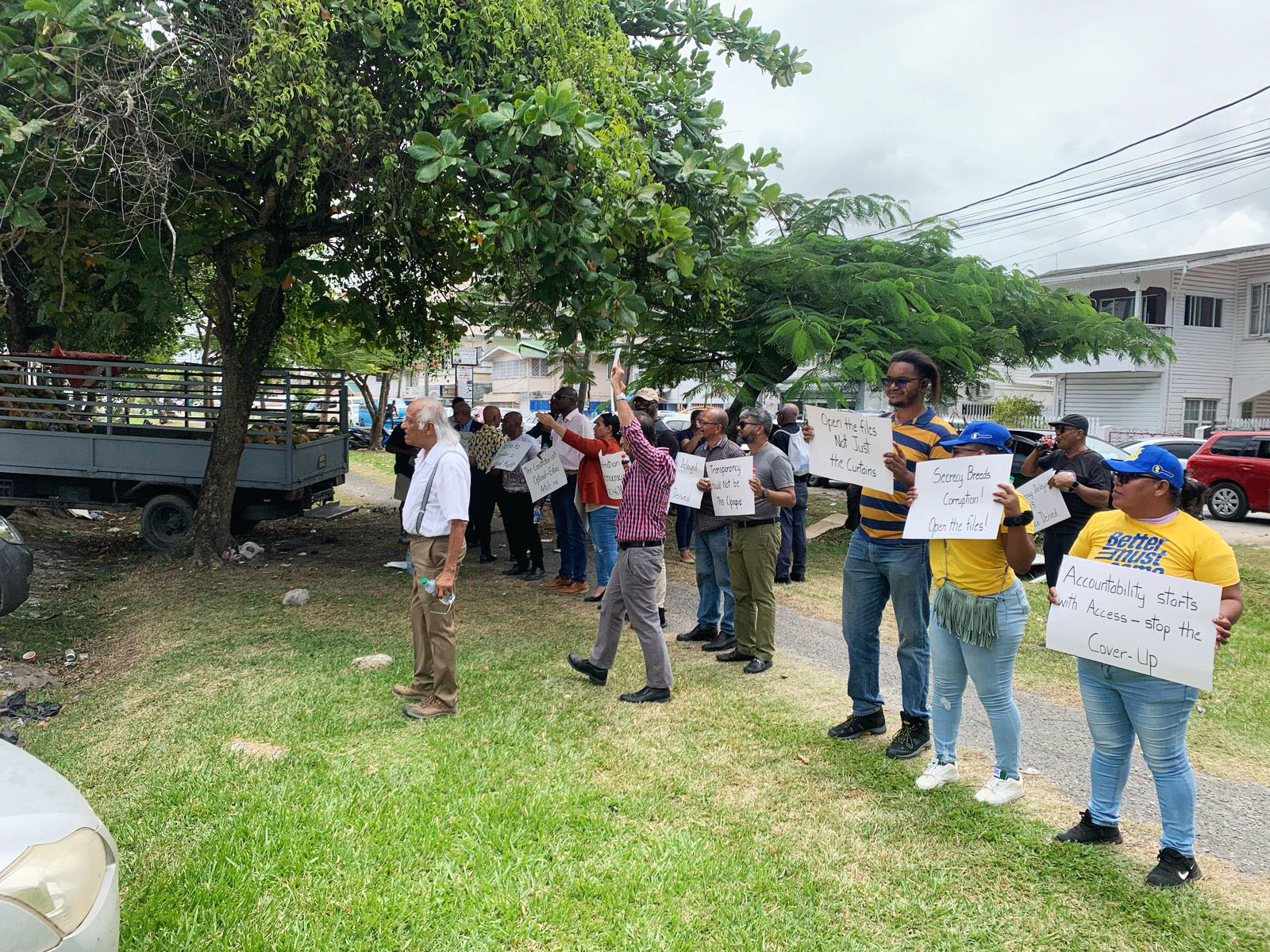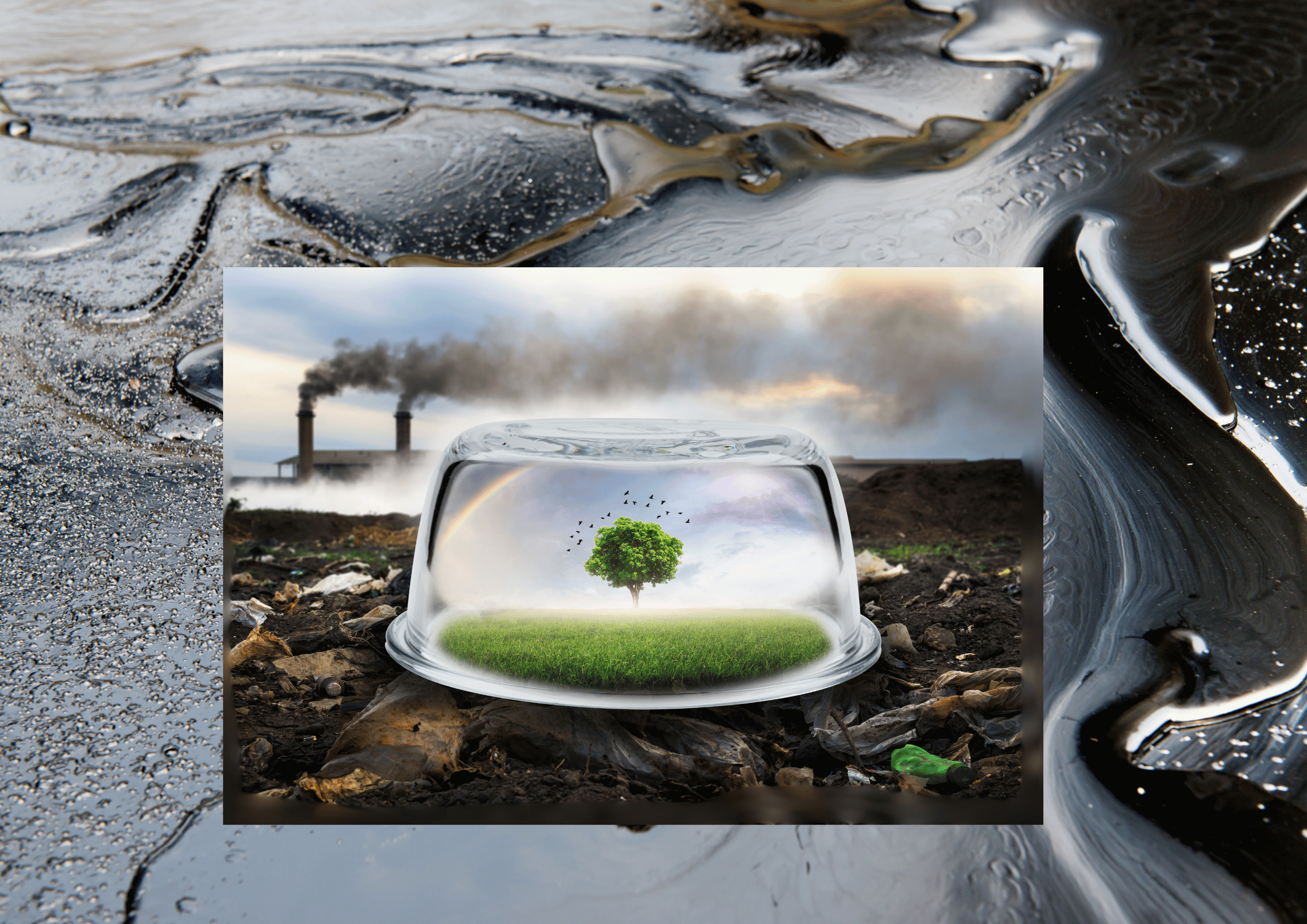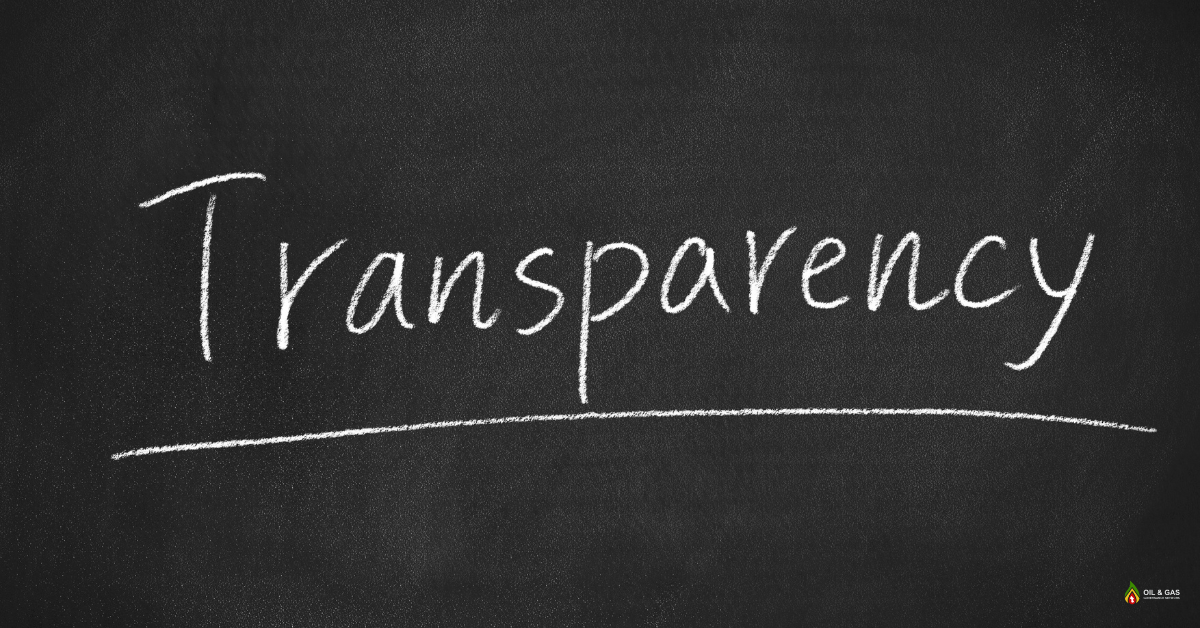As usual there has been no comment in the local Press on MARAD Notice to Mariners number 113 (2022) dated June 28, 2022. This Notice defines a sea area of 119 square kilometres offshore from Plantation Best where the biggest of the oil field shore bases is being constructed, which will be deep-dredged up to the end of this year. The clear intention is to allow much larger ships to navigate the channel into Georgetown. The area defined for dredging crosses traditional fishing grounds of the artisanal fishermen but there is no evidence of any attempt to inform them of the disruption to their business. The two ‘trailing suction hopper dredges’ (TSHD) are owned by a Dutch company (Jan De Nul) and flagged in Luxembourg, and can dredge to a depth of 30 metres. The present entry channel is much shorter, narrower and only dredged to 5-6m deep. The two dredgers have capacities of 18000 m3 (https://www.jandenul.com/sites/default/files/2021-03/Galileo%20Galilei%20%28EN%29%20.pdf) and 4000 m3 (https://www.jandenul.com/sites/default/files/2020-10/De%20Bougainville%20%28EN%29.pdf) but I do not know how fast they can suck up the mud. It seems from the MARAD notice that the Exxon intention is to triple the depth of the channel to 15 metres. We think that the two TSHDs are currently moored just at the entrance to Georgetown harbour.
One might expect an Environmental Protection Agency to demand an Environmental Impact Assessment instead of being utterly silent; but ‘is Guyana we deh’. Where is the dredged mud to be discharged, between now and the end of 2022? The EIAs for the first four fields (Liza-1, Liza-2, Payara and Yellowtail) all disclaim attention to dredging. This is stated to be associated with and the responsibility of the shore-base owners/operators, and is expressly excluded from the EIAs. The EPA’s covering statement for the Liza-2 EIA mentions ‘pipe yards and bonds’ onshore but not any dredging.
